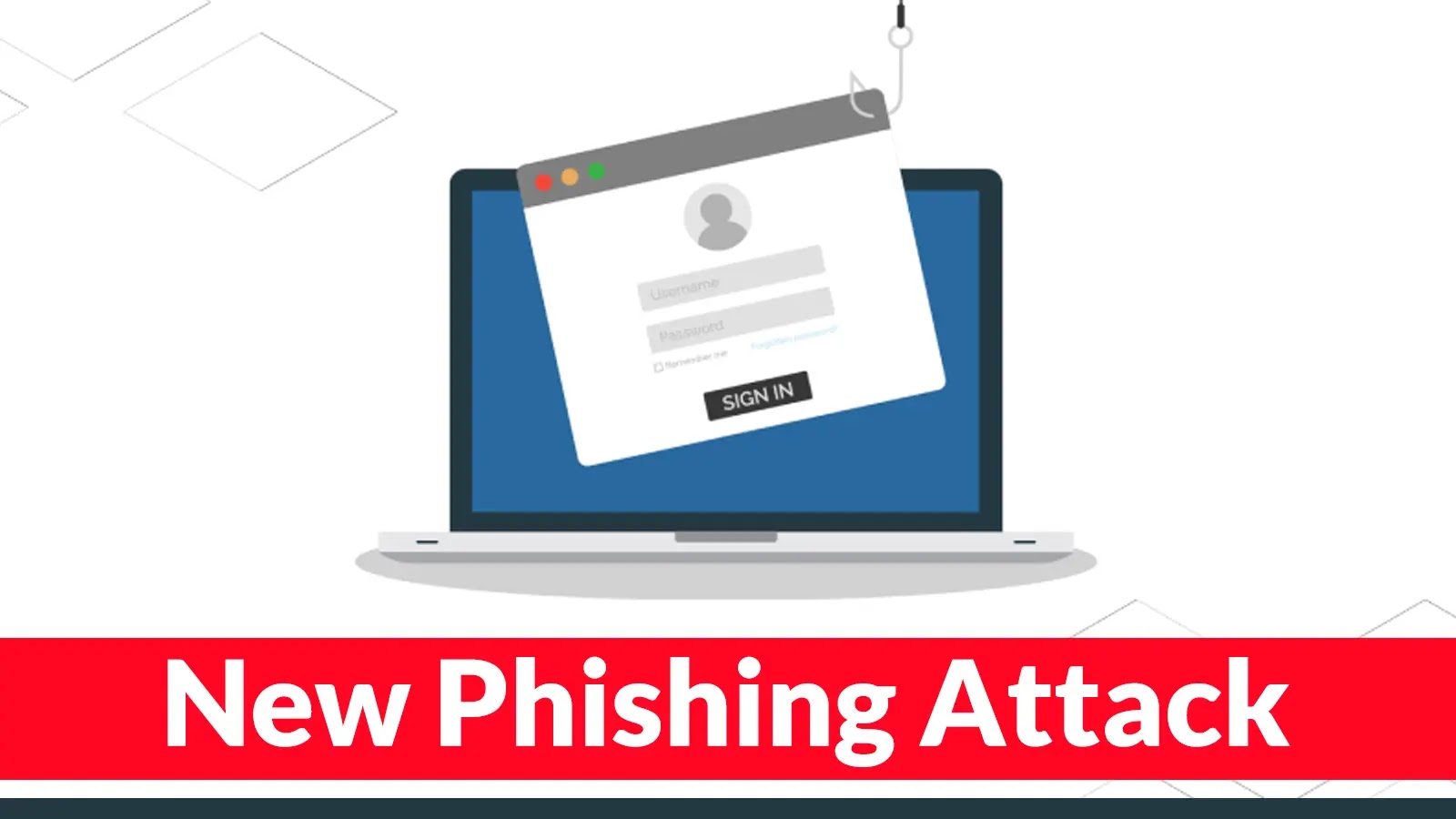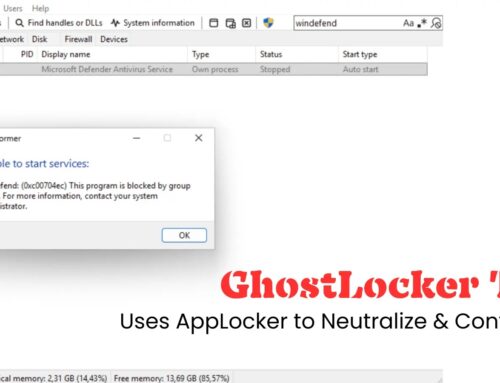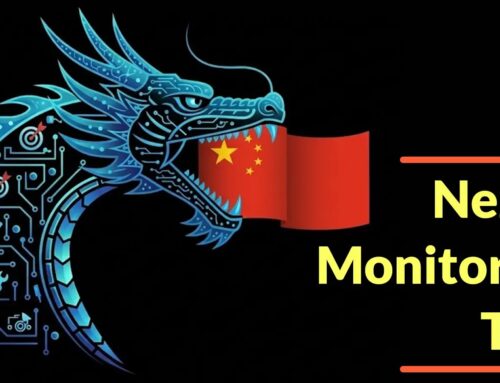
New Phishing Attack Using Invisible Characters Hidden in Subject Line Using MIME Encoding
Email is a cornerstone of modern communication, but it remains a primary vector for sophisticated cyberattacks. As security protocols evolve, so do the tactics of malicious actors. A new phishing technique has emerged, leveraging an insidious method to bypass conventional email filters: hidden, invisible characters embedded within subject lines using MIME encoding. This represents a significant shift in social engineering, making detection increasingly challenging for both automated systems and human recipients.
The Invisible Threat: Exploiting MIME Encoding and Unicode Soft Hyphens
The core of this advanced phishing campaign lies in its subtle manipulation of email subject lines. Cybercriminals are now using MIME encoding in conjunction with Unicode soft hyphens (U+00AD) to inject characters that are visually imperceptible but technically present within the subject line. When an email client or security gateway processes these subject lines, the soft hyphens are often ignored in rendering, making the subject appear legitimate to the end-user.
However, the hidden characters significantly alter the subject line’s hexadecimal representation. This alteration is precisely what allows the phishing emails to bypass traditional signature-based email filters and spam detection systems. These filters often rely on an exact match or pattern recognition of known malicious subject line keywords or phrases. By subtly changing the underlying code while maintaining a deceptive visual appearance, attackers can effectively deliver their malicious payloads directly to inboxes.
How the Attack Works: A Deep Dive into Deception
- MIME Encoding Exploitation: Email systems use MIME (Multipurpose Internet Mail Extensions) to handle various data types, including text encodings for subject lines. Attackers encode innocent-looking subject lines with additional, invisible characters using MIME.
- Unicode Soft Hyphen (U+00AD): The chosen invisible character, the soft hyphen, is particularly effective. It’s designed for word wrapping in text and is typically only rendered visible if a word needs to be broken at that point. In most subject line contexts, it remains invisible.
- Evasion of Security Filters: Email security gateways and spam filters often perform string matching against known indicators of compromise (IoCs) in subject lines. The presence of the soft hyphen breaks these exact string matches, allowing the malicious email to slip through.
- Social Engineering Reinforcement: Once past the filters, the email’s subject line appears perfectly normal and legitimate to the human eye, increasing the likelihood that the recipient will open it and fall victim to the social engineering lure such as fake login pages, urgent alerts, or invoice notifications.
Remediation Actions: Fortifying Your Defenses
Combating this sophisticated phishing technique requires a multi-layered approach beyond traditional email hygiene. Organizations must adapt their security strategies to account for these advanced evasion tactics.
- Advanced Email Security Gateways: Implement and configure advanced email security solutions that perform deep content inspection and analyze email headers and subject lines for suspicious encoding practices, including the presence of invisible Unicode characters. Look for solutions that go beyond simple string matching.
- Behavioral Analysis: Train security systems to identify anomalous email behavior. This includes senders with unusual sending patterns, emails with unexpected attachments or links, and discrepancies between sender display name and actual email address.
- User Education and Awareness: Conduct regular and realistic phishing simulations. Educate employees on the evolving nature of phishing attacks, emphasizing not just the content of an email but also the sender’s legitimacy, unexpected requests, and the importance of verifying links before clicking. People should be suspicious of anything that feels “off.”
- MFA Everywhere: Enforce Multi-Factor Authentication (MFA) across all critical services. Even if credentials are compromised via a phishing attack, MFA acts as a crucial secondary barrier, significantly reducing the success rate of account takeovers.
- Analyze MIME Headers: For security analysts, a deeper dive into RAW email headers can reveal suspicious MIME encoding (e.g.,
=?utf-8?Q?=E2=80=8C?=or similar patterns that represent invisible characters). - Incident Response Plan: Ensure a robust incident response plan is in place to quickly identify, contain, and remediate successful phishing attempts.
Tools for Detection and Analysis
While no single tool guarantees complete protection, several types of solutions can aid in detecting and analyzing such sophisticated phishing attempts:
| Tool Name | Purpose | Link |
|---|---|---|
| Proofpoint / Mimecast / Avanan | Advanced Email Security Gateways (SEG) with anti-phishing capabilities, often including AI/ML-driven threat detection. | Proofpoint, Mimecast, Avanan |
| Wireshark | Network protocol analyzer for deep inspection of network traffic, including email packets (if intercepted at a network level). | Wireshark |
| Online Email Header Analyzers | Web-based tools to parse and display email headers in a human-readable format, helping to spot encoding anomalies. | Microsoft Message Header Analyzer, MXToolbox Email Analysis |
| URL Sandboxing Solutions | Executes clicked links in a safe, isolated environment to detect malicious redirects or payloads. | Many SEGs include this feature (e.g., Proofpoint URL Defense) |
Conclusion: An Evolving Landscape of Cyber Threats
The emergence of phishing attacks leveraging invisible characters in email subject lines underscores the relentless innovation of cybercriminals. By exploiting fundamental email protocols and Unicode properties, they bypass security layers designed for less sophisticated threats. Organizations must move beyond basic filtering and invest in advanced email security solutions, continuous employee training, and robust incident response capabilities. Staying vigilant and adaptable is paramount in protecting against these increasingly subtle and dangerous social engineering tactics.





